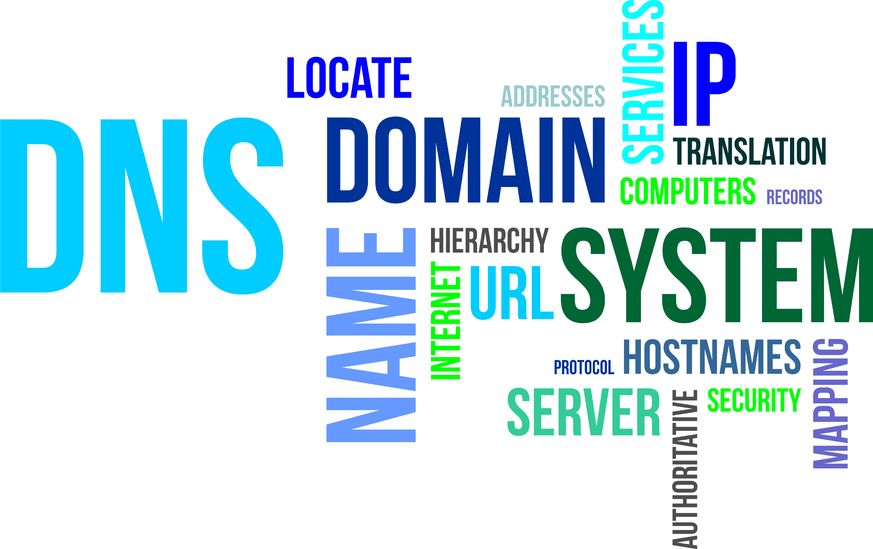In the ever-evolving landscape of cyber threats, a DNS flood attack stands out as a formidable challenge for businesses and individuals alike. This attack can cripple websites, disrupt services, and cause significant financial and reputational damage. This post aims to shed light on what a DNS flood attacks is, how it works, and steps you can take to protect yourself from these digital deluges.
Table of Contents
What is a DNS flood attack?
A DNS flood attack is a type of Distributed Denial of Service (DDoS) attack. It targets the DNS server, which is crucial for translating domain names (like www.example.com) into IP addresses that computers use to communicate. The attack floods the DNS server with an overwhelming number of requests, causing legitimate traffic to be delayed or completely blocked, effectively taking the service offline.
How does a DNS flood attack work?
Imagine a small post office suddenly receiving millions of letters, most with incorrect return addresses. A DNS flood attack operates similarly. Attackers leverage a network of compromised devices, known as a botnet, to send a deluge of DNS requests to a target server. These requests are often disguised with fake IP addresses, adding confusion and preventing easy filtering. The server, inundated by this tsunami of requests, struggles to respond, leading to legitimate requests being ignored or delayed – effectively disrupting normal web services.
Let’s break down the process into steps:
- Volume of traffic: The attacker sends a massive amount of DNS requests to the target server, often using a network of compromised computers (botnets).
- Spoofing IP addresses: These requests often have fake return addresses, making it hard for the server to distinguish between legitimate and illegitimate traffic.
- Server overload: The DNS server becomes overwhelmed, trying to process each request, leading to slowed down services or a total shutdown.
- Secondary effects: The attack can also impact other services that rely on the DNS server, creating a ripple effect of disruption.
Experience Industry-Leading DNS Speed with ClouDNS!
Ready for ultra-fast DNS service? Click to register and see the difference!
Types of DNS Flood Attacks
Different types of DNS flood attacks exist, but we can define 5 main types. Here are they:
- DNS Query Flood: Attackers overwhelm a DNS server with an excessive number of queries, exhausting its resources and causing it to become unresponsive to legitimate requests.
- DNS Reflection Attack: In this type of attack, the attacker sends DNS requests to a large number of open DNS servers, forging the source IP address to that of the victim. The servers then respond to the victim, amplifying the attack’s impact.
- DNS Amplification Attack: This attack involves using DNS servers that allow recursion and have misconfigured or open resolver settings to amplify their queries, making it appear as if the victim is being targeted by a much larger volume of traffic.
DDoS amplification attacks by Memcached
- NXDOMAIN Attack: Attackers exploit the DNS resolution process by sending a flood of requests for non-existent domains, leading the DNS server to respond with “DNS NXDOMAIN” errors and overwhelming the server’s resources.
- Random Subdomain Attack: Attackers generate a large number of random or non-existent subdomains under a legitimate domain, aiming to overload the DNS server with lookup requests.
| Attack Type | Method | Impact |
| DNS Query Flood | Attackers overwhelm a DNS server with a high volume of legitimate-looking queries. | The server becomes overloaded, leading to slow responses or unavailability for legitimate users. |
| DNS Reflection Attack | Attackers send DNS queries to open resolvers, spoofing the victim’s IP address as the source. | The resolvers’ responses are directed to the victim, flooding their network with amplified traffic. |
| DNS Amplification Attack | A subset of reflection attacks where small queries elicit large responses from misconfigured DNS servers. | The victim’s network is overwhelmed by a large volume of data, causing denial-of-service conditions. |
| NXDOMAIN Attack | Attackers flood the DNS server with queries for nonexistent domains. | The server wastes resources processing these invalid requests, leading to performance degradation. |
| Random Subdomain Attack | Attackers generate queries for random, nonexistent subdomains of a legitimate domain. | The authoritative DNS server is overwhelmed, disrupting its ability to resolve legitimate queries. |
Why is it dangerous?
The danger of DNS flood attack cannot be overstated. They are more than just an inconvenience; they pose a significant threat to online operations. Firstly, they can cause major disruptions to essential services, crippling websites and online platforms. This disruption can have a cascading effect, impacting not only the targeted site but also any service that relies on it. The financial implications are equally severe, especially for businesses that depend on online transactions or services. Beyond the immediate financial losses, these attacks can inflict long-term damage to a company’s reputation, shaking customer confidence and trust. Moreover, while the focus is on mitigating the attack, other security vulnerabilities might be overlooked, leaving the door open for further exploits.
How to recognize a DNS flood attack?
Identifying a DNS flood attack primarily involves monitoring for an abnormal surge in DNS traffic. This is where tools like ClouDNS Free DNS tool come into play. This innovative tool enables users to inspect DNS records for specific hosts and analyze the speed and volume of DNS queries. Users can conduct a thorough audit of their DNS traffic, a crucial step in early detection. The tool’s user-friendly interface and comprehensive functionality, including compatibility with major DNS resolvers like Cloudflare, make it an invaluable resource in a cybersecurity toolkit.
DNS flood attack mitigation
To defend against DNS flood attacks, consider the following strategies:
DNSSEC (Domain Name System Security Extensions):
DNSSEC adds an extra layer of security by verifying the authenticity of DNS responses. This helps ensure that the data hasn’t been altered, making it harder for attackers to exploit the DNS system.
DDoS Protection Service:
DDoS Protection services specialize in distinguishing and mitigating abnormal traffic patterns characteristic of DDoS attacks. They can redirect malicious traffic, keeping your DNS server operational.
DNS Monitoring:
Regularly monitoring DNS traffic for unusual patterns helps in early detection of potential attacks, allowing for swift action before significant disruption occurs.
Enabling DNS Caching:
DNS caching reduces the load on servers by storing responses locally. During an attack, cached data can still be served, maintaining service availability for some users.
Secondary DNS:
A Secondary DNS provides redundancy. If your primary server is overwhelmed, the secondary server can maintain service availability, minimizing downtime.
DoT (DNS over TLS) and DoH (DNS over HTTPS):
Implementing DoT and DoH encrypts DNS queries, enhancing security. They help differentiate legitimate traffic from malicious queries, as most attack traffic doesn’t use these secure channels.
Conclusion
In summary, effectively mitigating DNS flood attacks involves a blend of strategic defenses and proactive monitoring. By adopting a range of protective measures and staying vigilant, organizations can safeguard their online presence against these disruptive threats. Remember, a robust defense is essential in maintaining the integrity and reliability of your digital services in today’s interconnected world.






